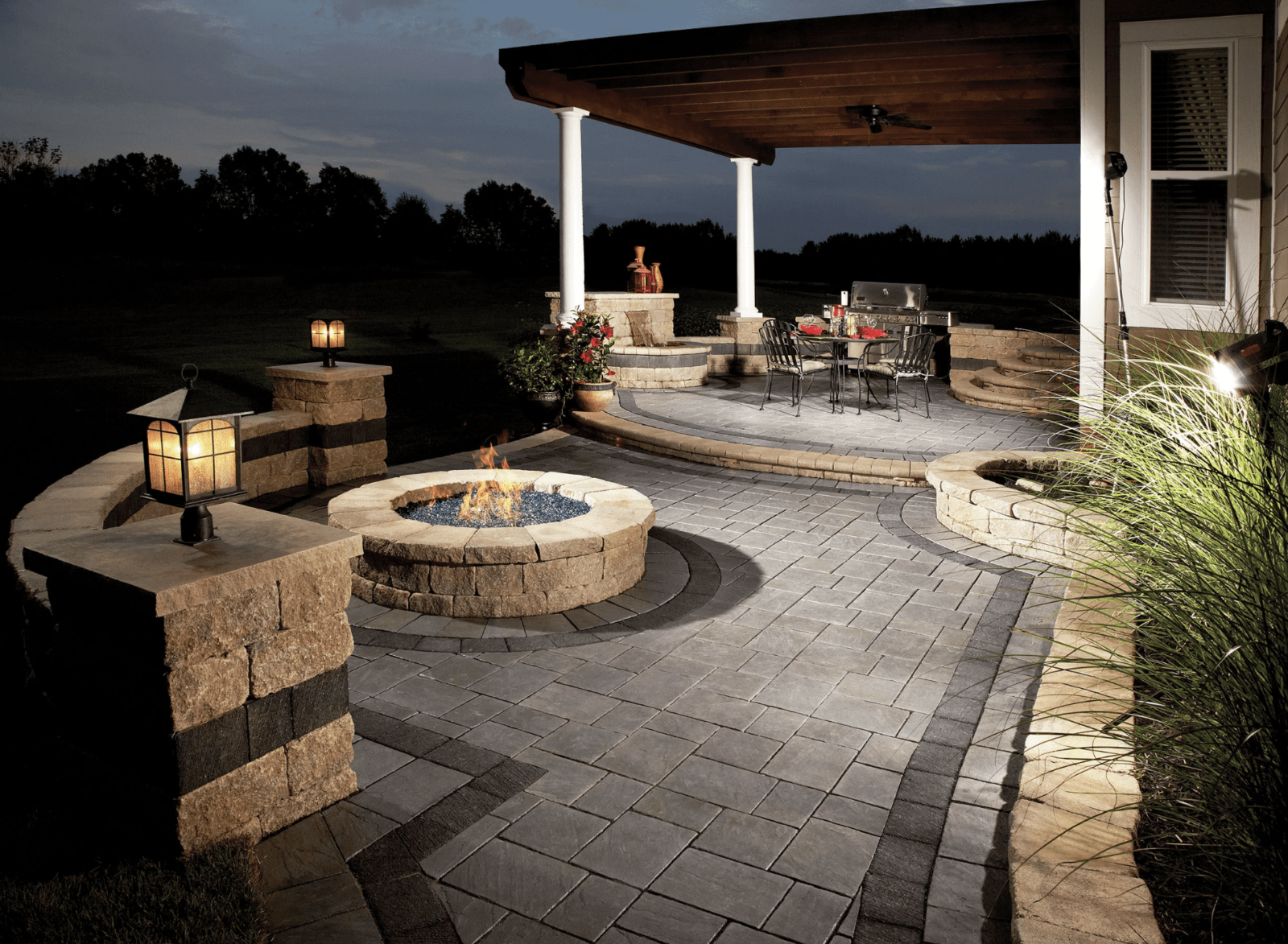Our friends at Alliance Gator have written an excellent article describing the importance of using an efflorescence cleaner before sealing pavers. The article explains how efflorescence, a white chalky residue that can appear on paver surfaces, can negatively impact the appearance and longevity of your pavers if not properly addressed. By using an efflorescence cleaner, you can effectively remove this residue, ensuring that the sealant adheres properly and provides maximum protection. We’re excited to share this valuable resource with you, as it offers crucial insights to help you maintain the beauty and durability of your paver surfaces.
Efflorescence cleaning is a critical step when sealing pavers, and it goes far beyond just the removal of efflorescence. In this blog post, we’ll share some other little known benefits of efflorescence cleaning that just might surprise you.
Derived from the Latin word efflorescere, which means to blossom out, efflorescence is the migration of salt to the surface of a concrete paver. It’s a natural occurrence that can happen in any cement-based product and, in many cases, will disappear on its own over time, usually after the first year of installation.
Pavers need a chance to breathe and go through their normal efflorescence cycle before sealing. Otherwise, salt that might eventually migrate to the surface will become trapped beneath the coating of sealer. The pavers will appear hazy or cloudy if that happens, and the only way to resolve it is to strip the sealer and then clean the efflorescence.
“MY PATIO WAS INSTALLED FIVE YEARS AGO AND DOESN’T APPEAR TO HAVE AN EFFLORESCENCE ISSUE. DO I STILL NEED TO USE AN EFFLORESCENCE CLEANER BEFORE SEALING?”
This is a great question, and one that we are often asked. The short answer: Yes. Here’s why.
PERFORMING AN EFFLORESCENCE CLEANING WILL REMOVE DIRT AND DEBRIS.
Think of it this way. You wouldn’t paint the walls in your house without first wiping down the dust, dirt, and cobwebs. The dust and debris would get trapped and cause obvious imperfections after the paint dries. The same holds true for sealing an outdoor surface. It’s critical to thoroughly remove dirt, pollen, leaf residue, etc. before sealing. Anything that’s sitting on the surface of the pavers when you seal them will become trapped and there will be obvious imperfections after-the-fact.
It’s a very common misconception that using a sealer will help cover up imperfections on the pavers. The reality is that a sealer will typically accentuate stains and efflorescence. Using a product like Gator Efflorescence Cleaner prior to sealing will ensure pre-existing dirt and stains are properly removed first.
(It’s important to note that heavy duty stains caused by oil, tar, or rust will require a specially formulated cleaner. You can click here to view Alliance’s complete selection of paver and stone cleaners.)
EFFLORESCENCE CLEANING PROMOTES A BETTER PENETRATION OF THE SEALER.
Using an efflorescence cleaner will make pavers appear more vibrant without discoloring or damaging the surface. More importantly, as it pertains to sealing, is that an efflorescence cleaner will thoroughly clean the pores of the pavers. Clean pores will better accept the sealer because the product can penetrate more deeply. This ultimately results in optimal product performance.
AN EFFLORESCENCE CLEANING RESULTS IN BETTER BONDING.
Have you ever tried to paint a piece of wood that hasn’t been sanded? The paint will have difficulty adhering to the surface. The same is true when trying to seal pavers without first performing an efflorescence cleaning. Using an efflorescence cleaner will slightly etch the surface of the pavers, allowing the sealer to bond correctly and perform as intended.
TO SUMMARIZE
An efflorescence cleaner must be used before sealing concrete pavers or natural stone. It will:
Remove dirt and debris from the surface.
Thoroughly clean the paver or stone pores to promote a better penetration of the sealer.
Slightly etch the surface to allow for a better bond between the sealer and the paver or stone.


